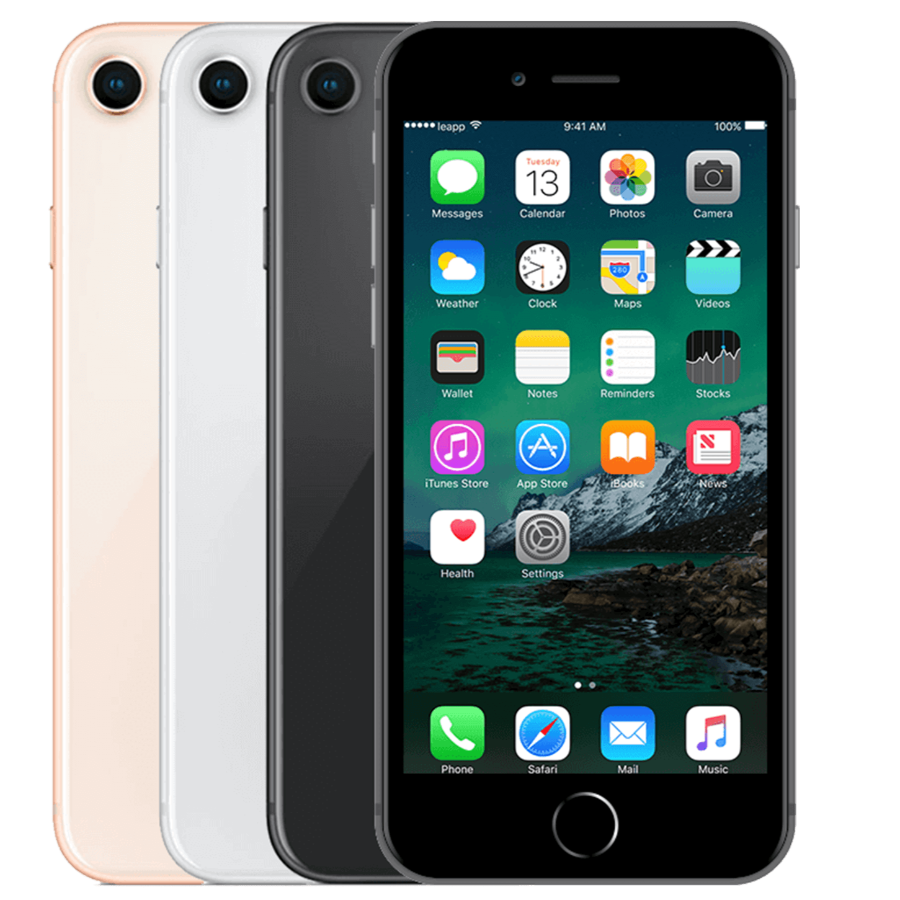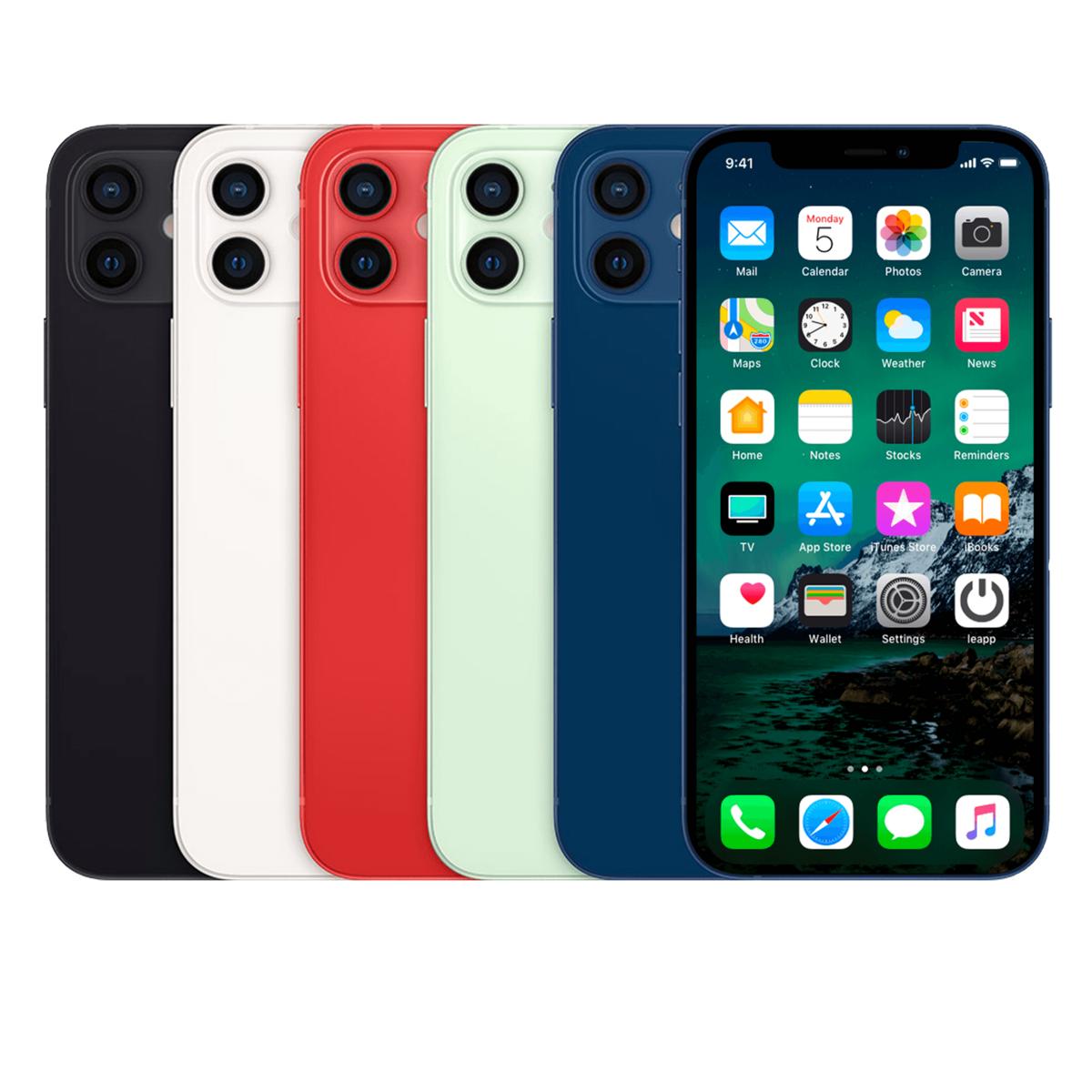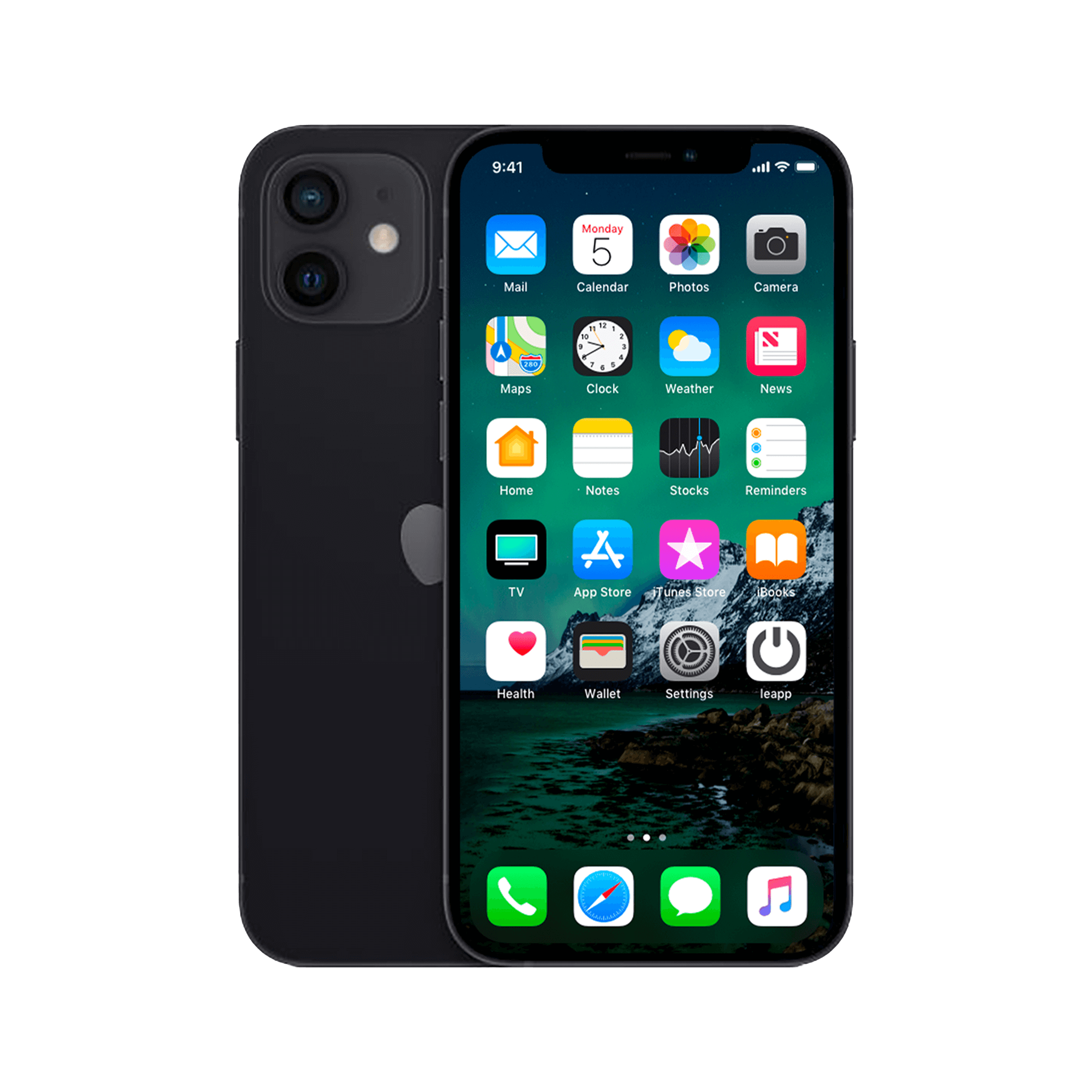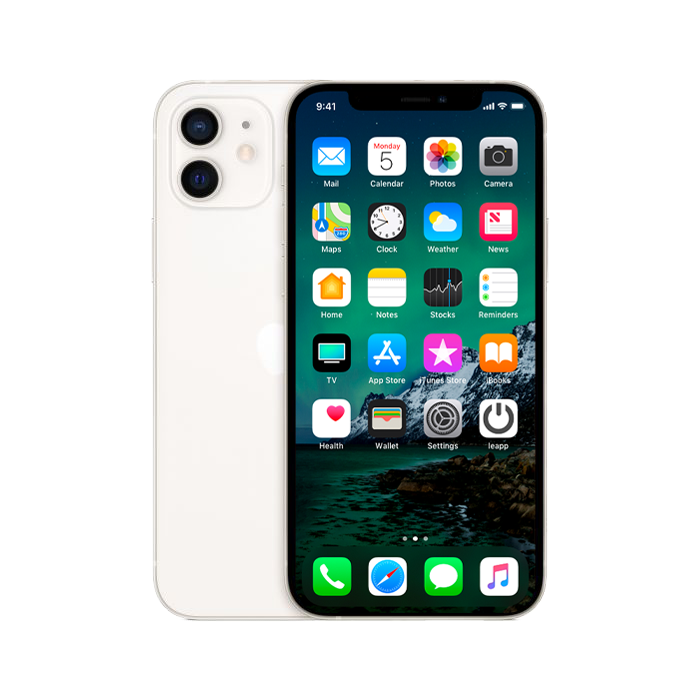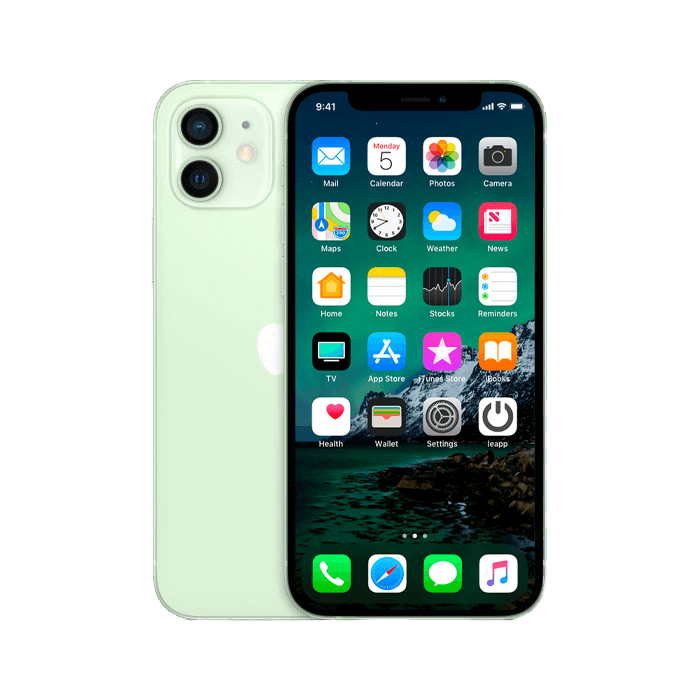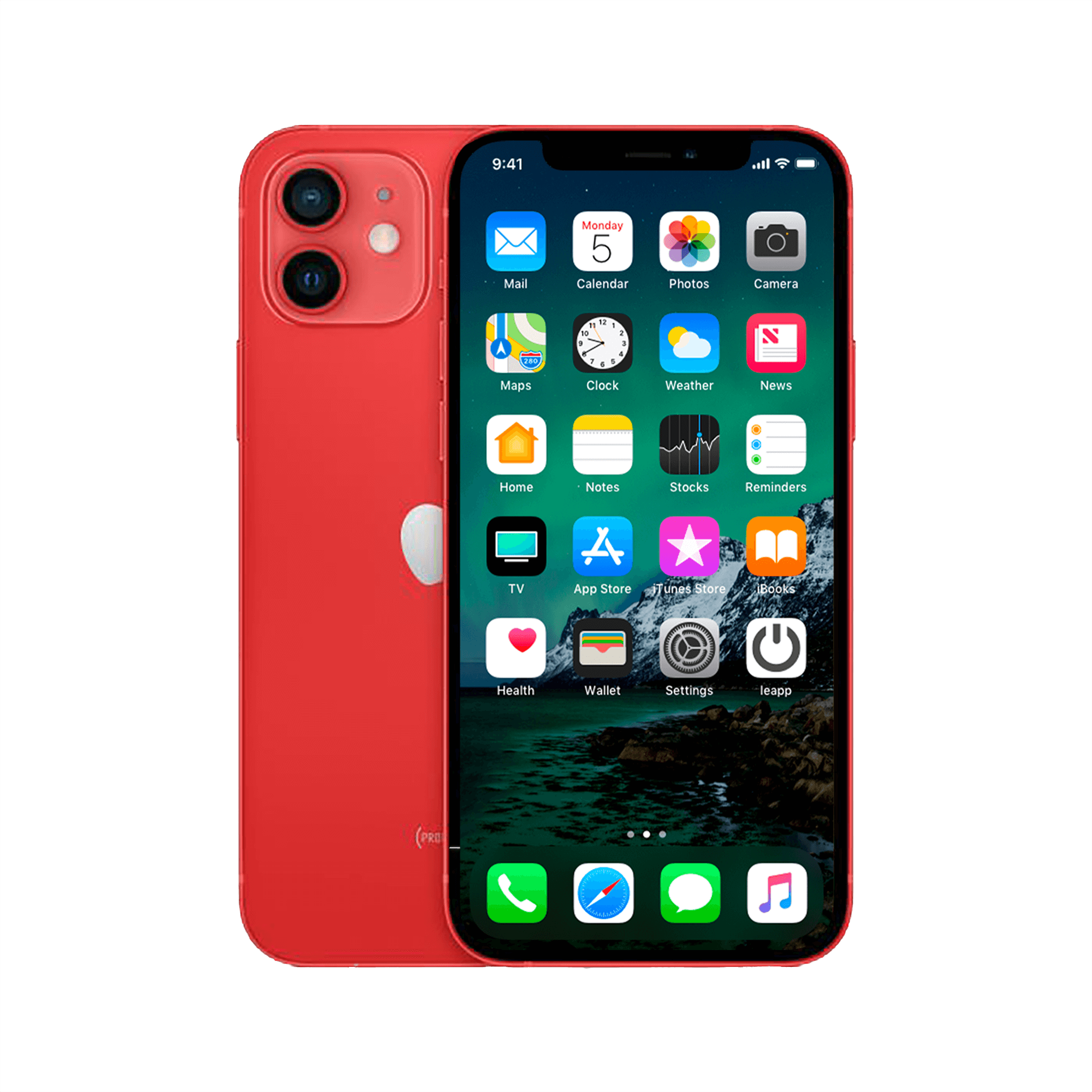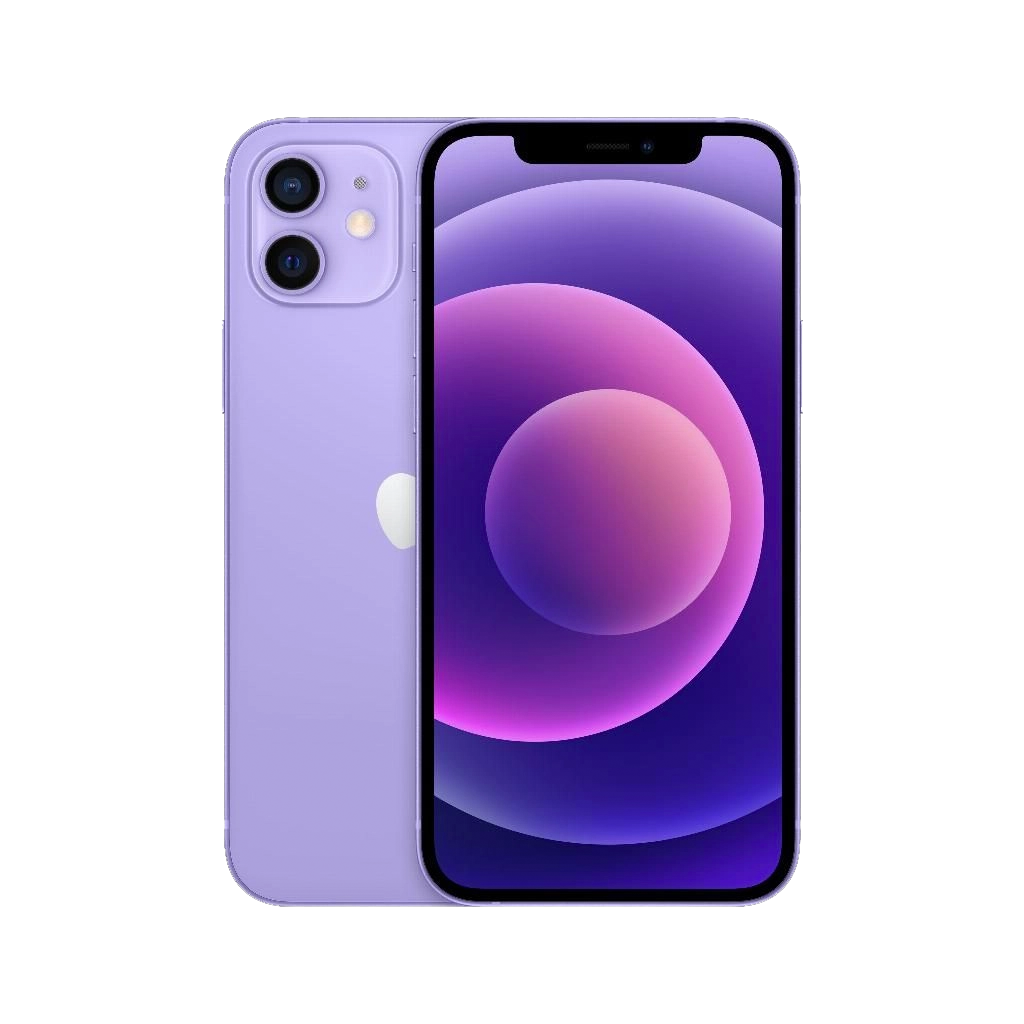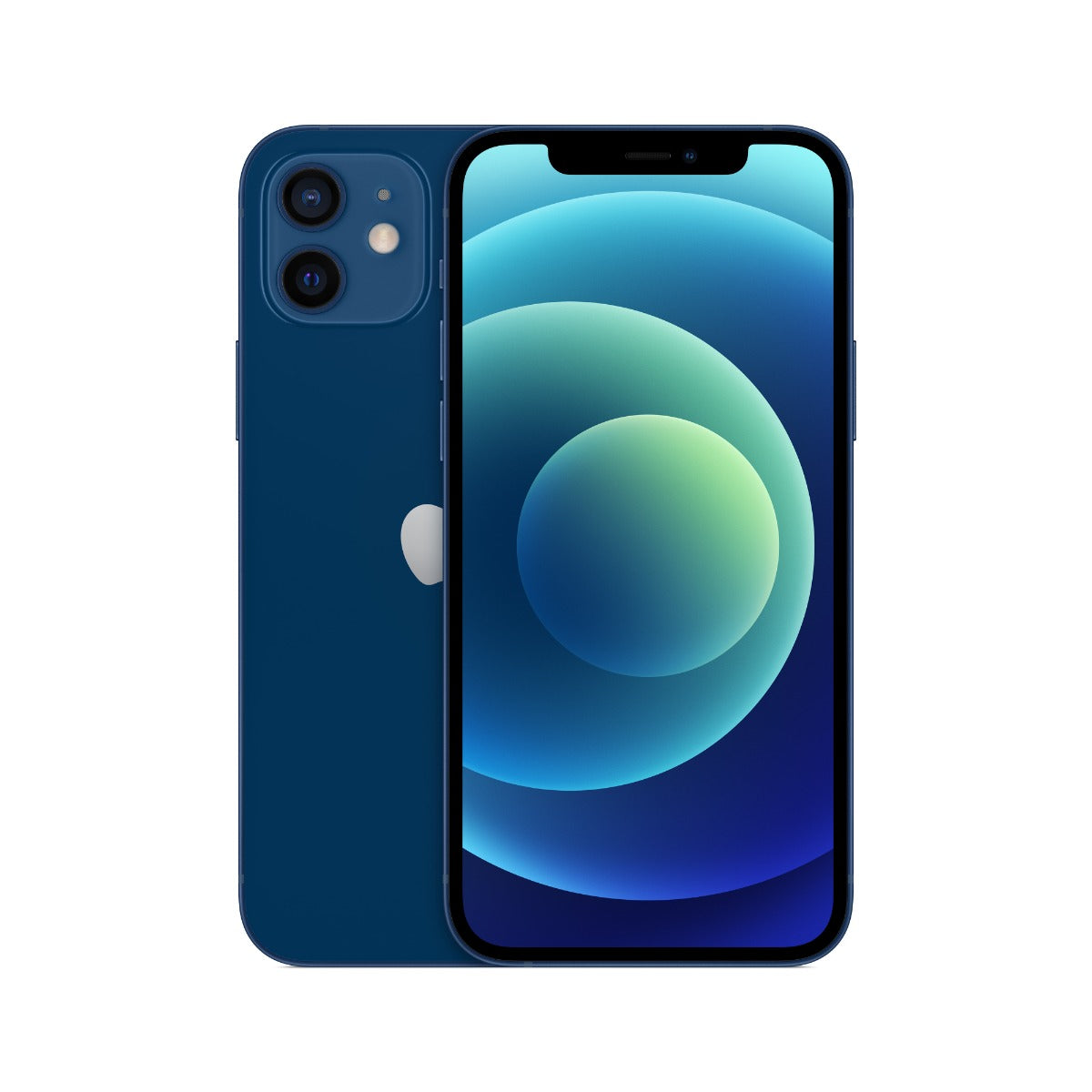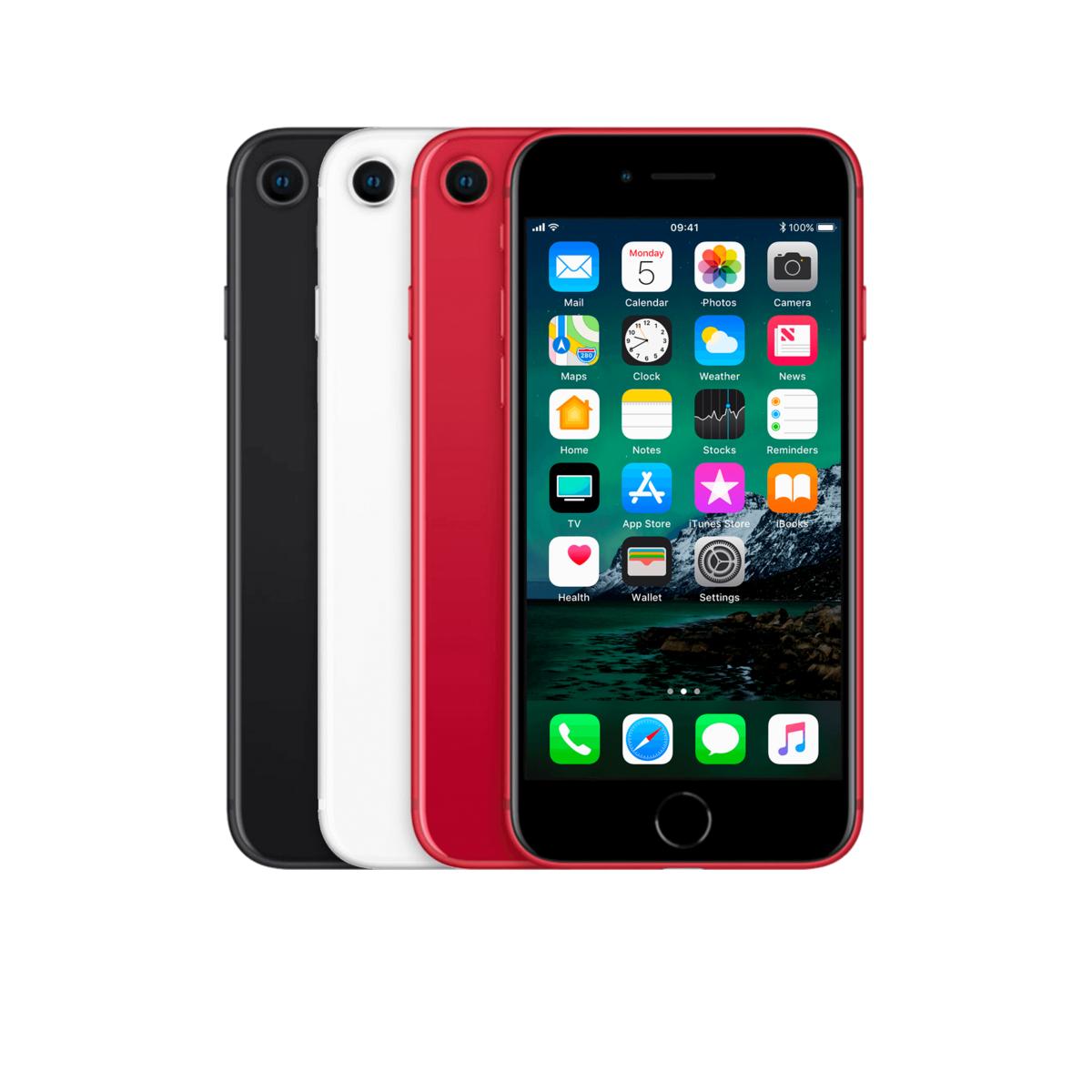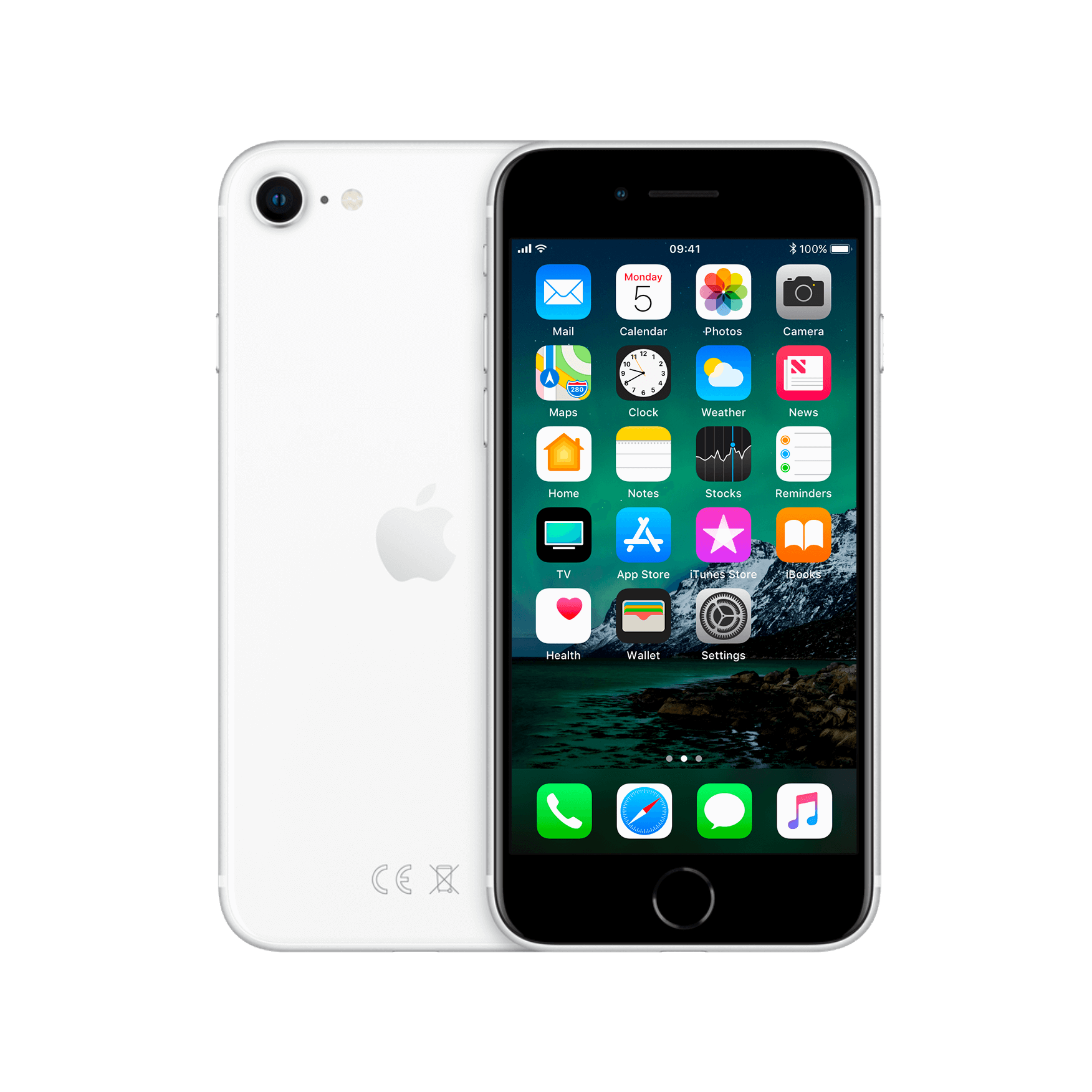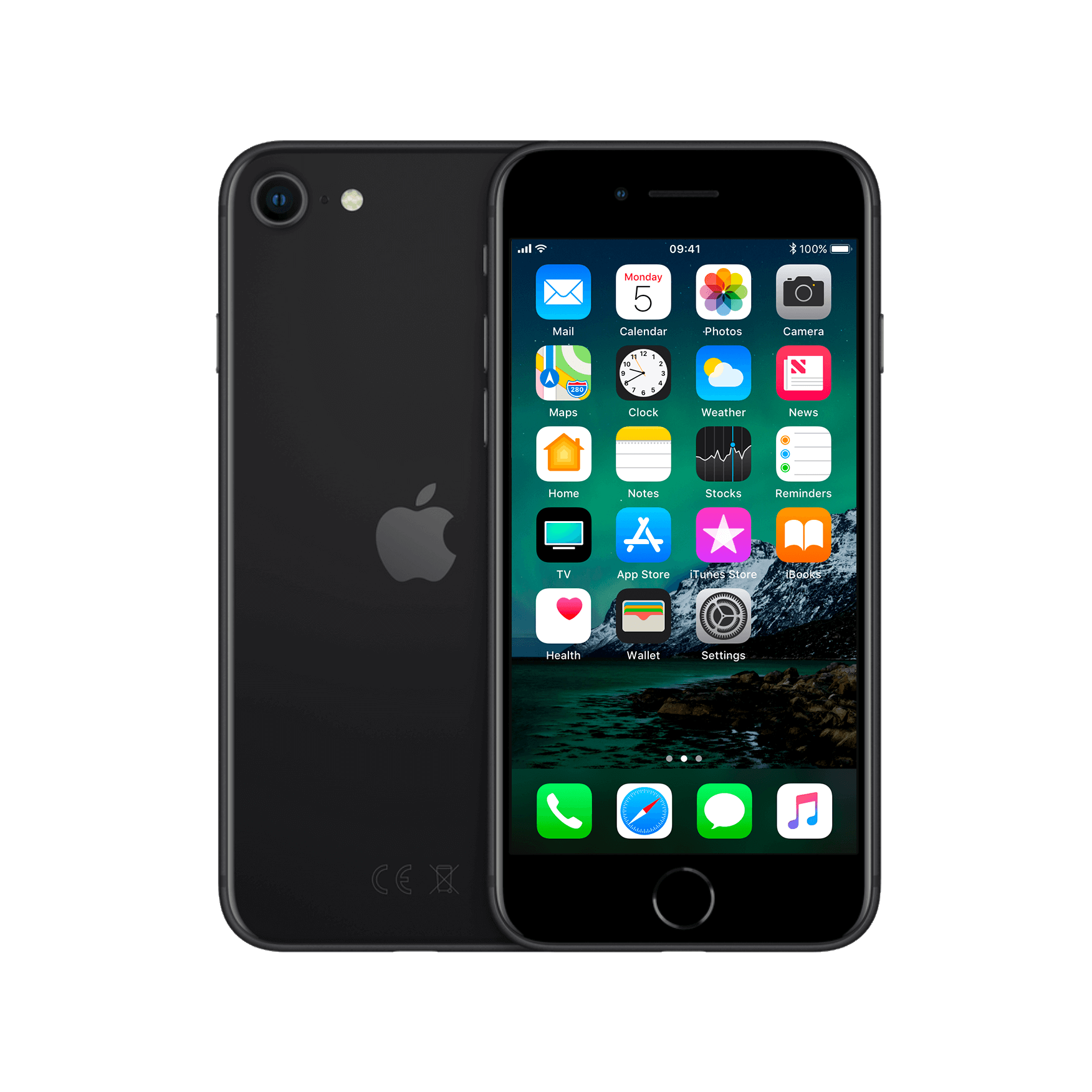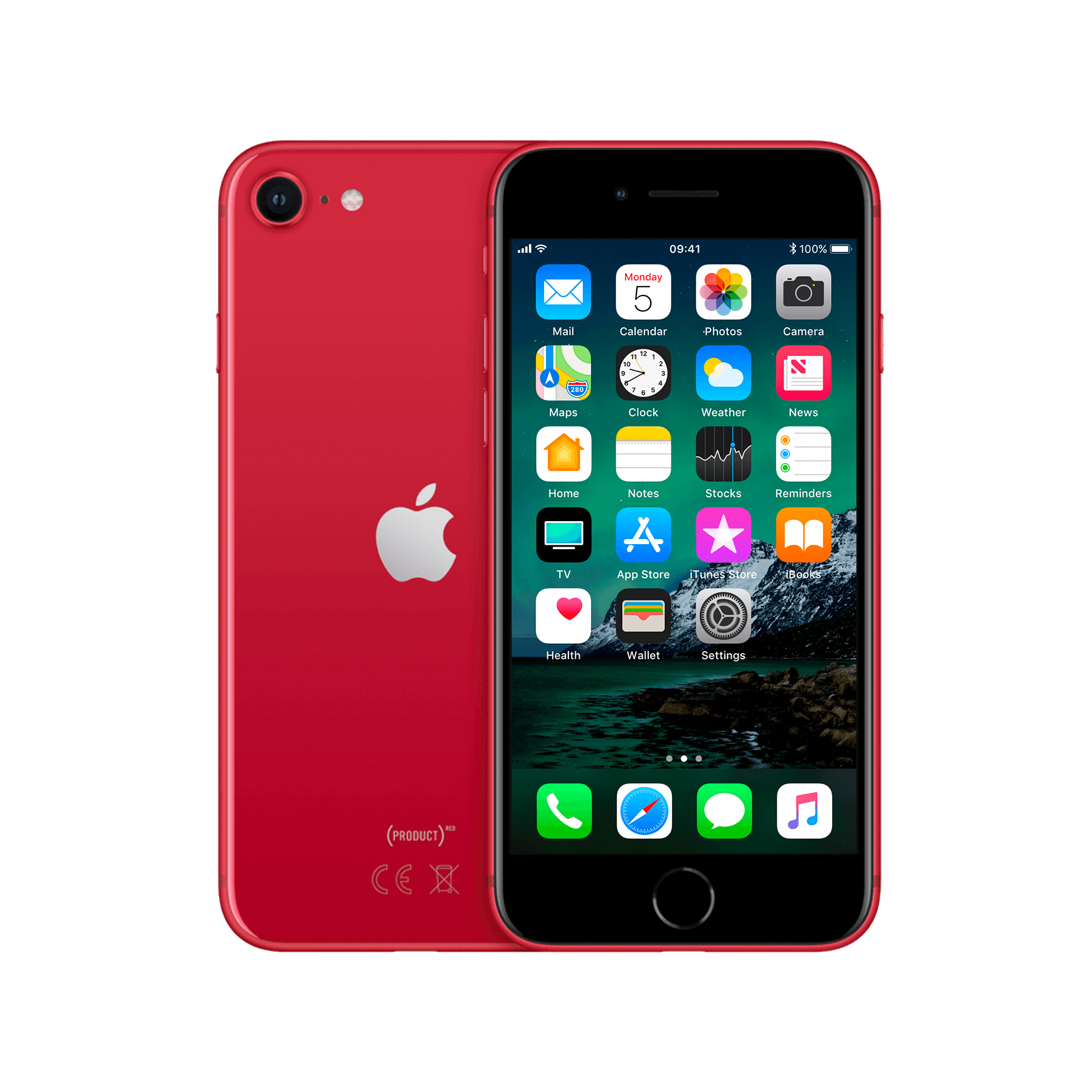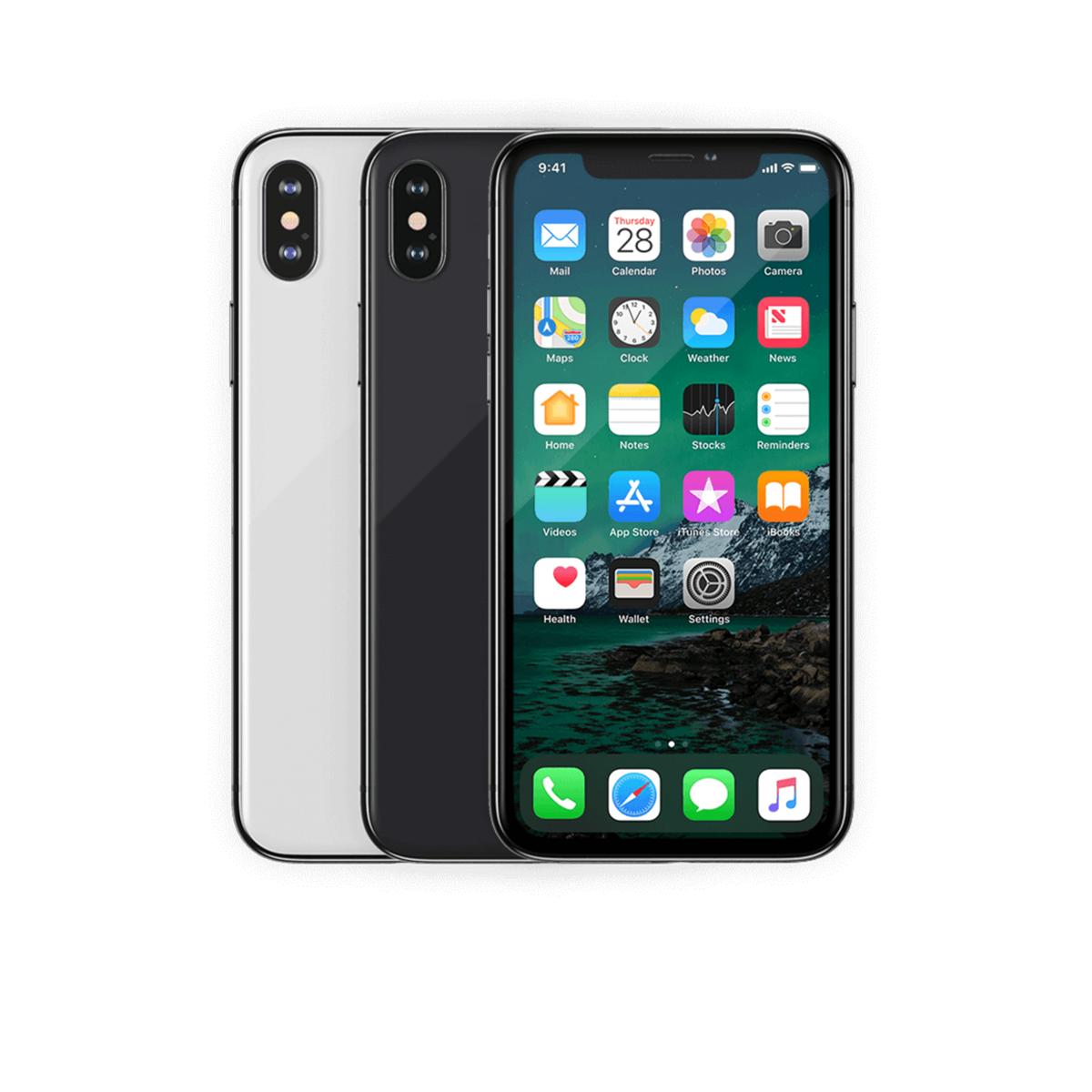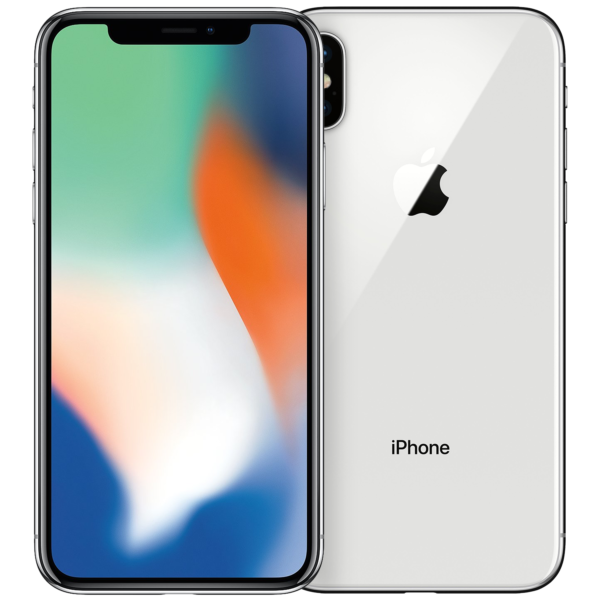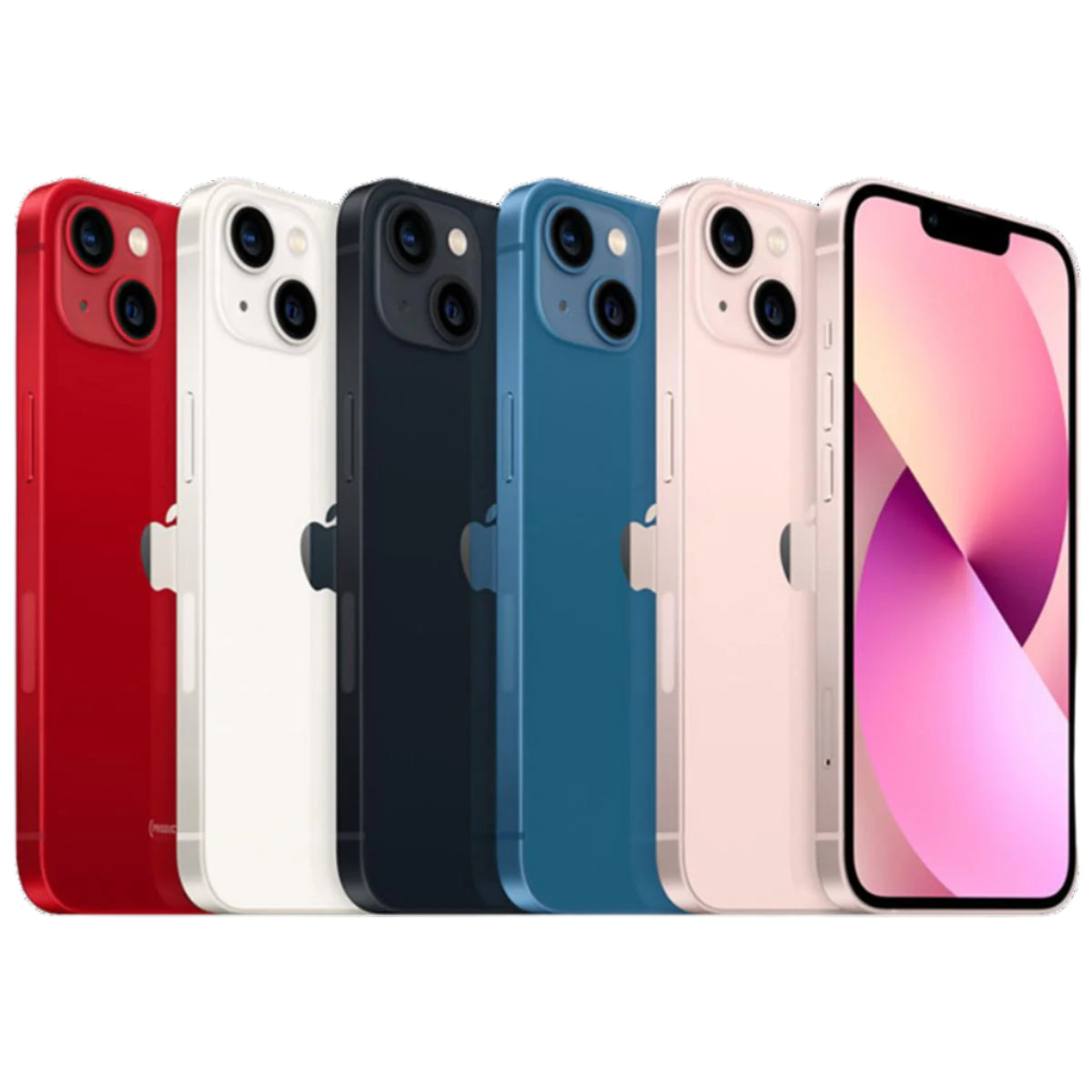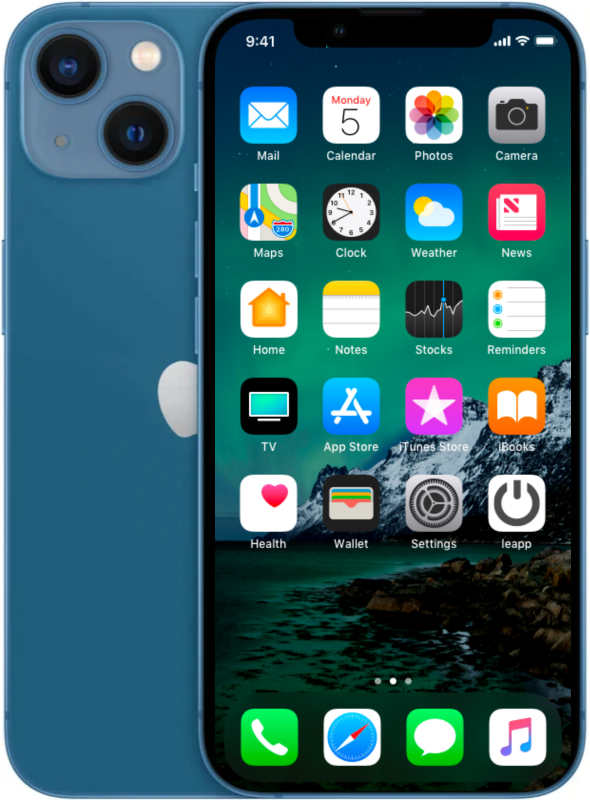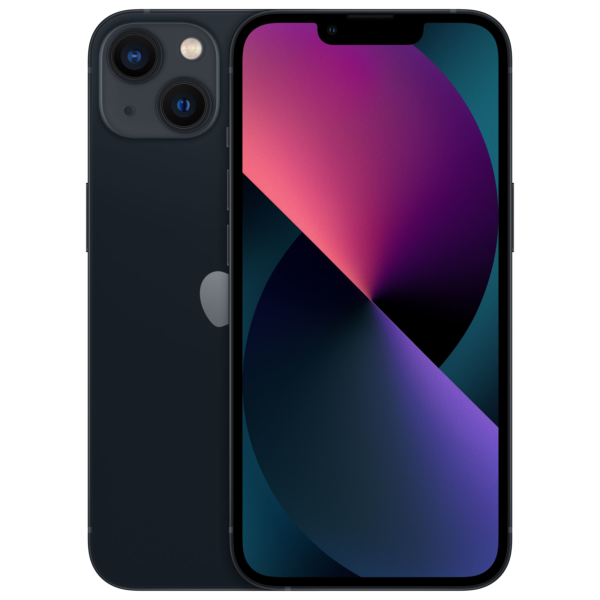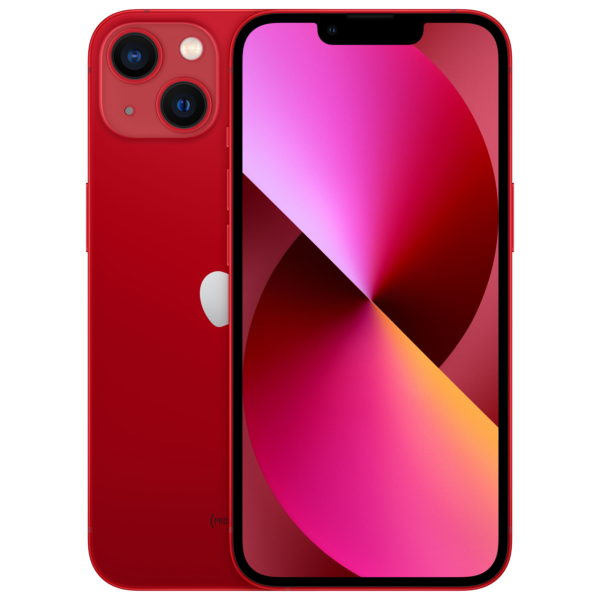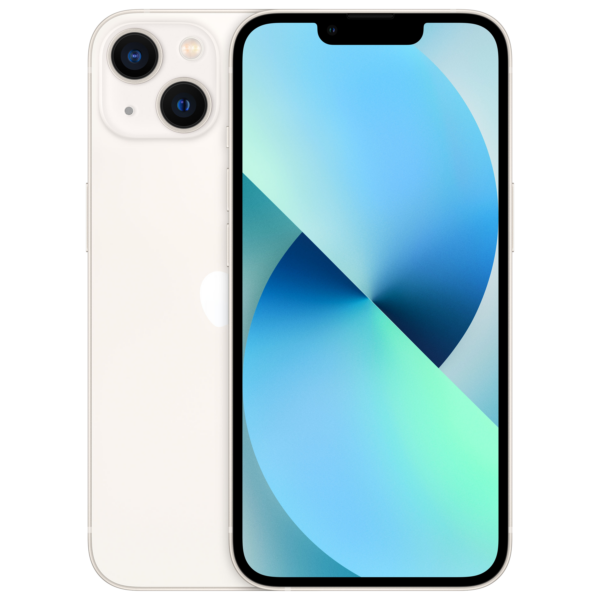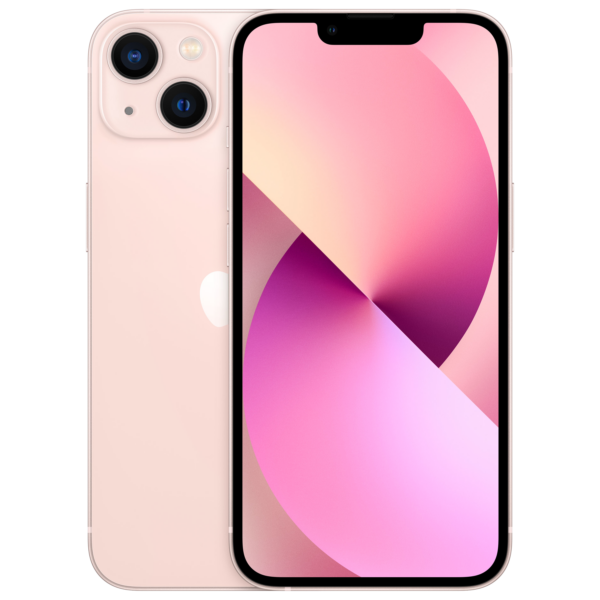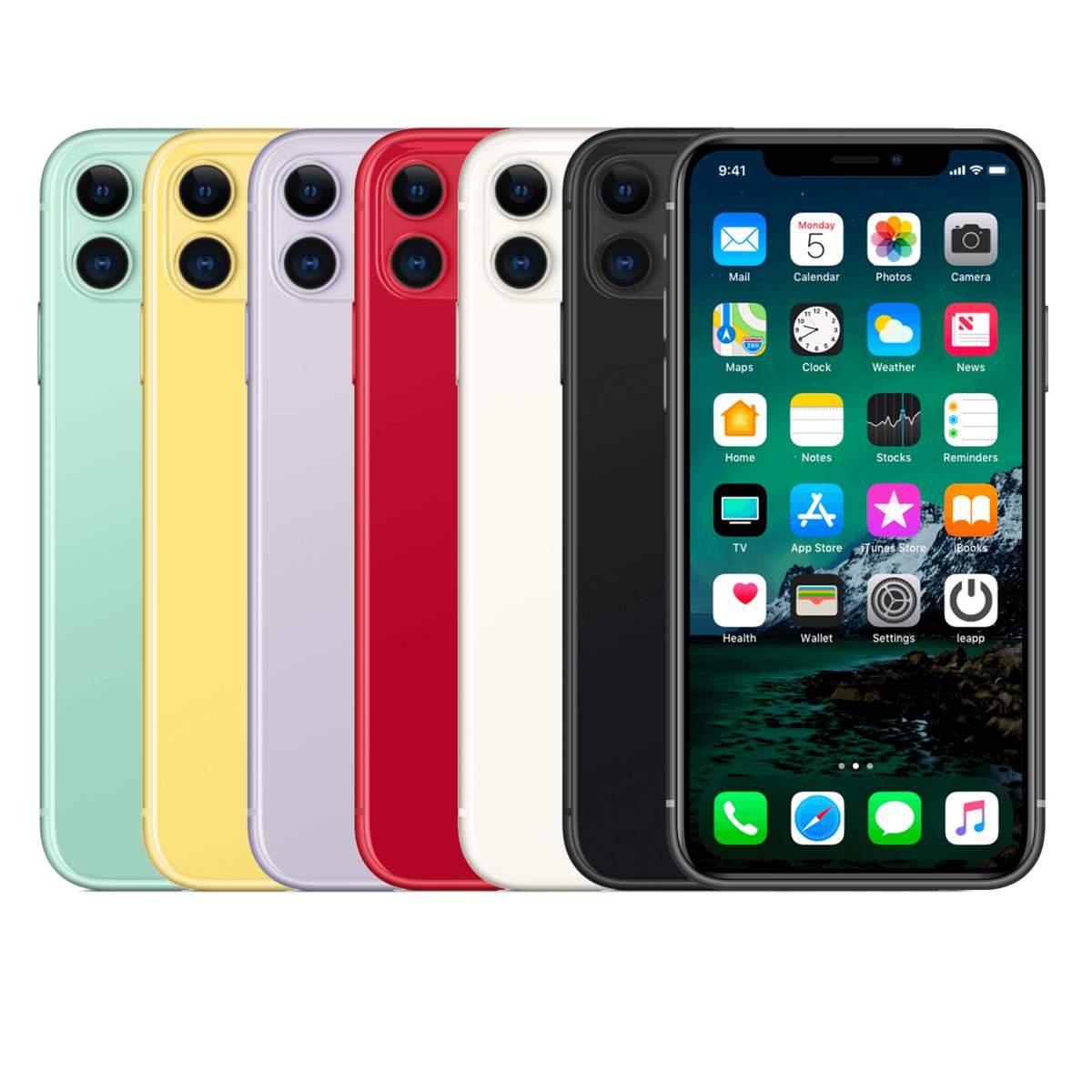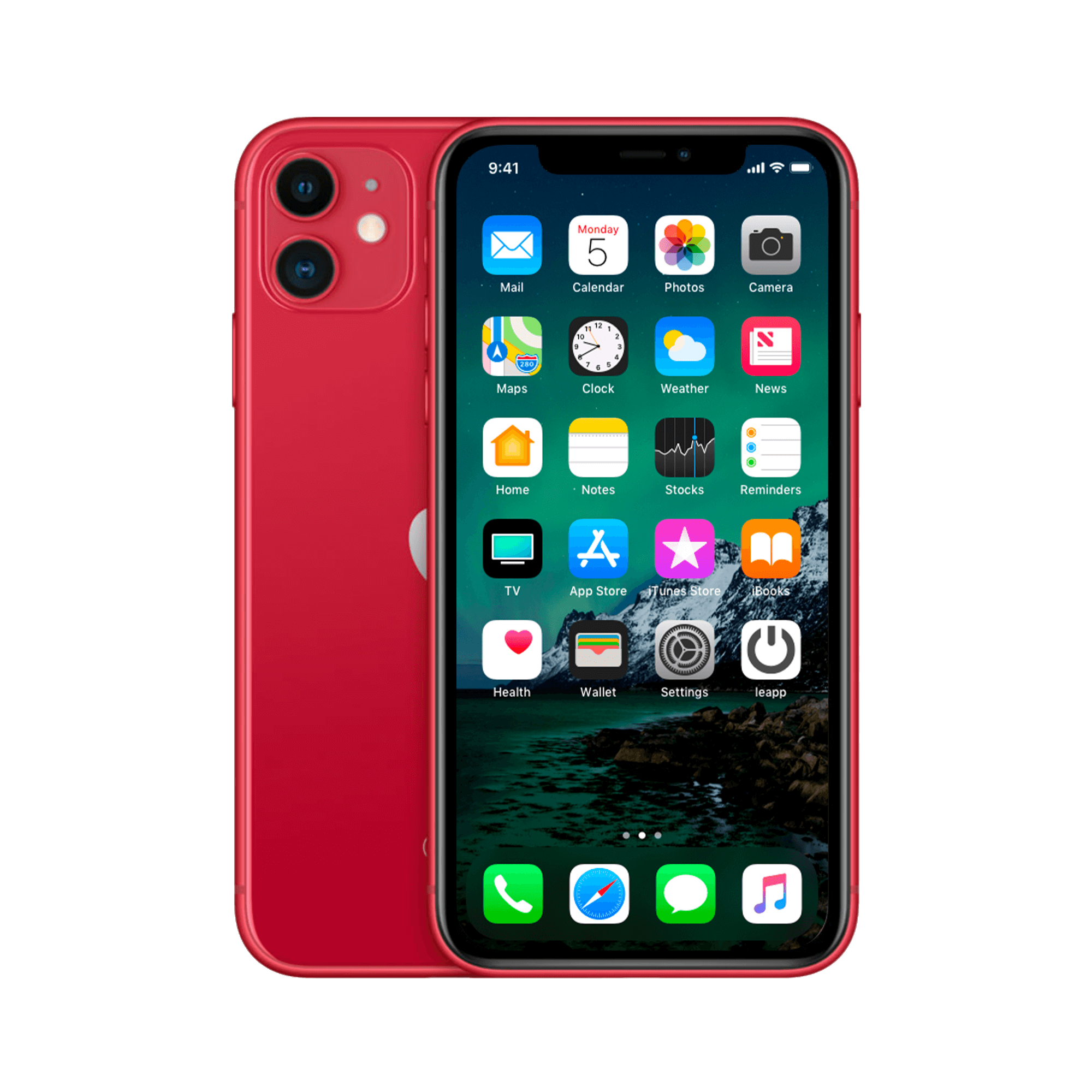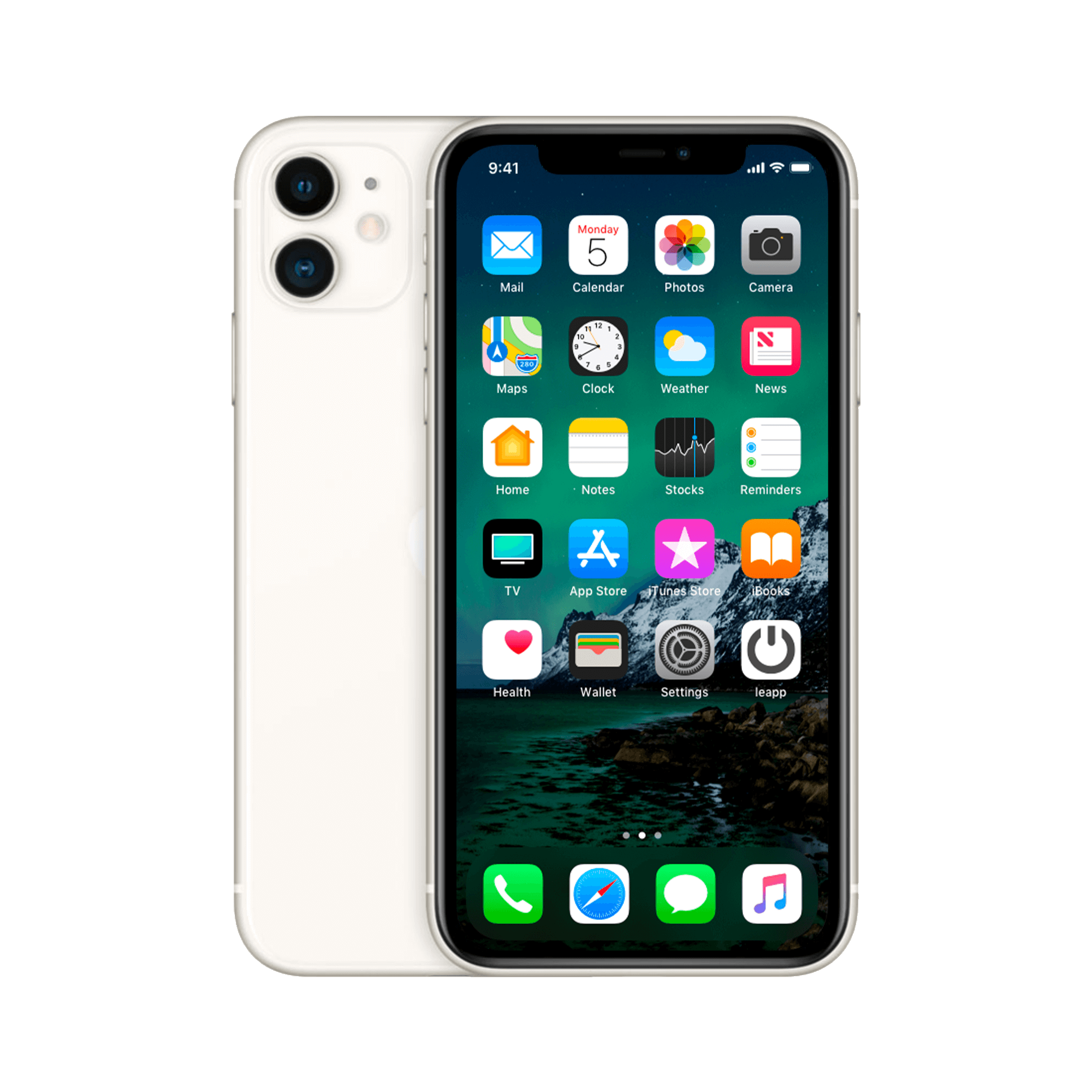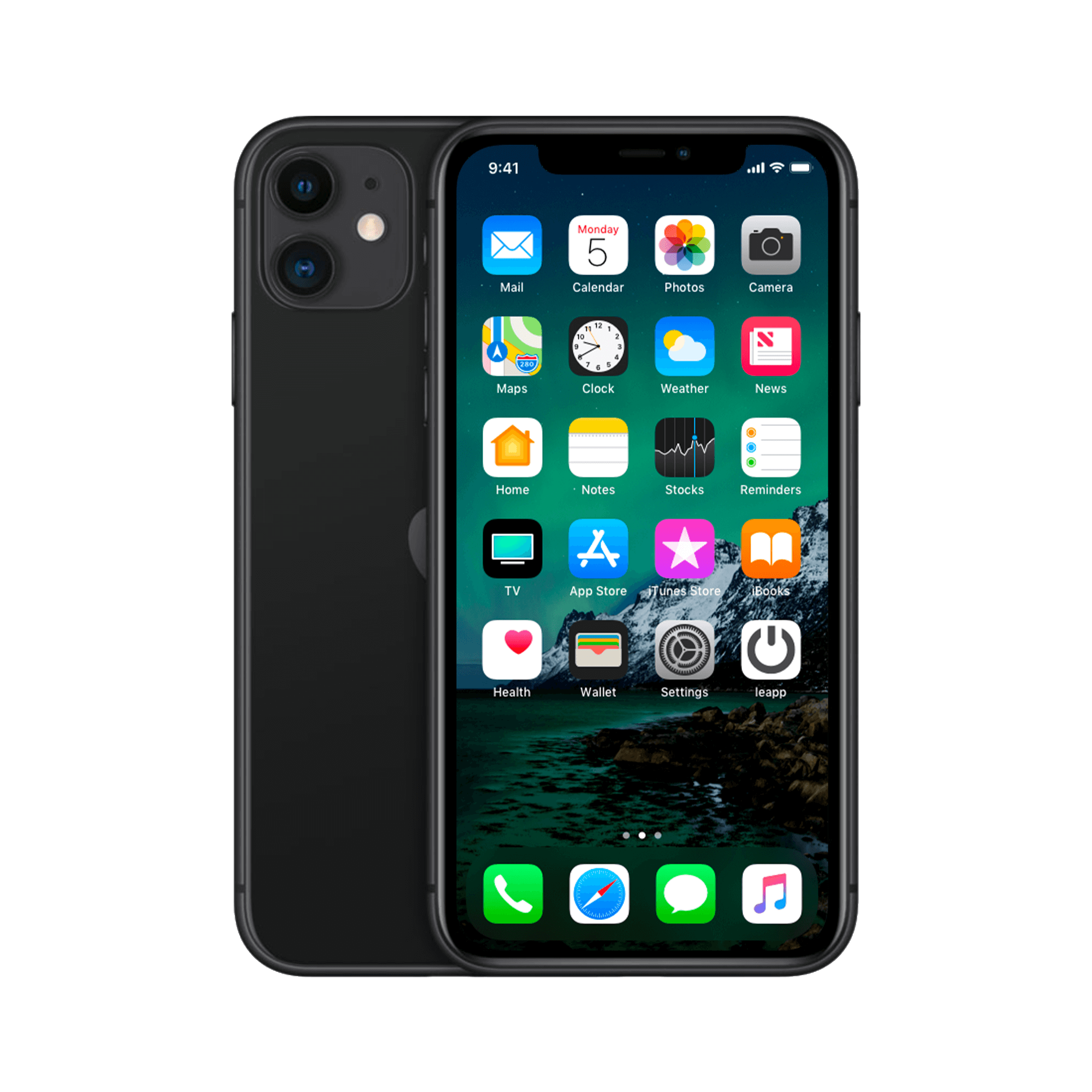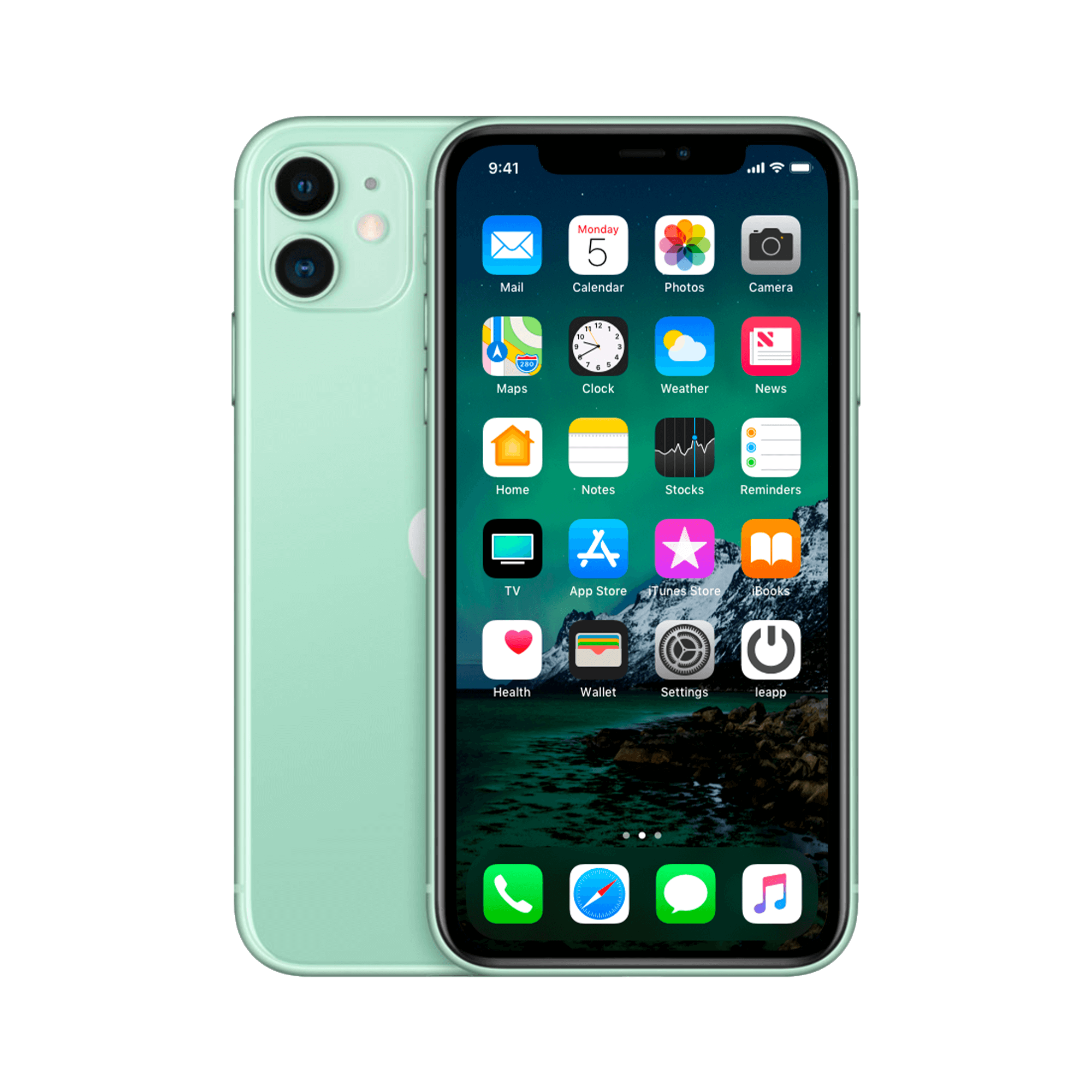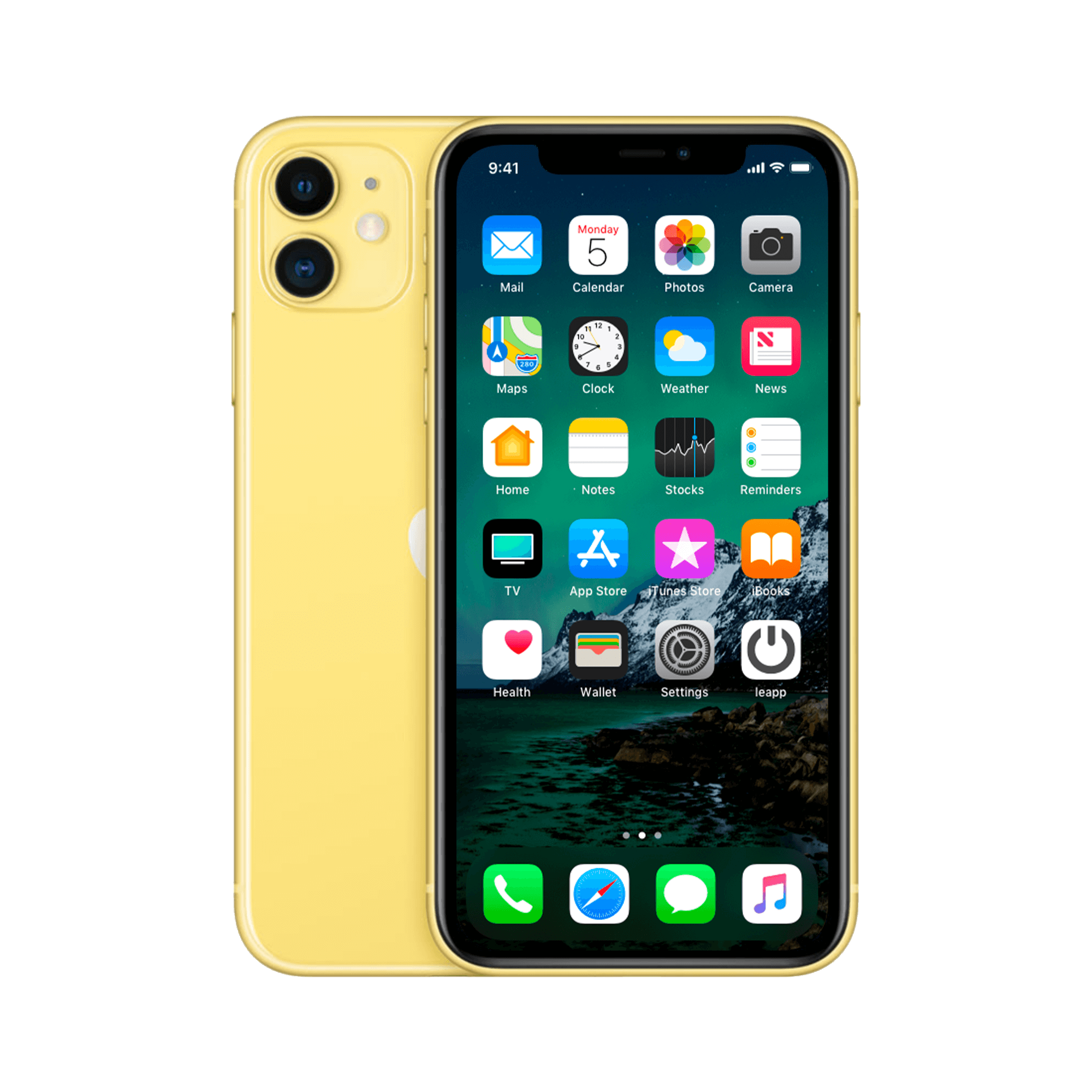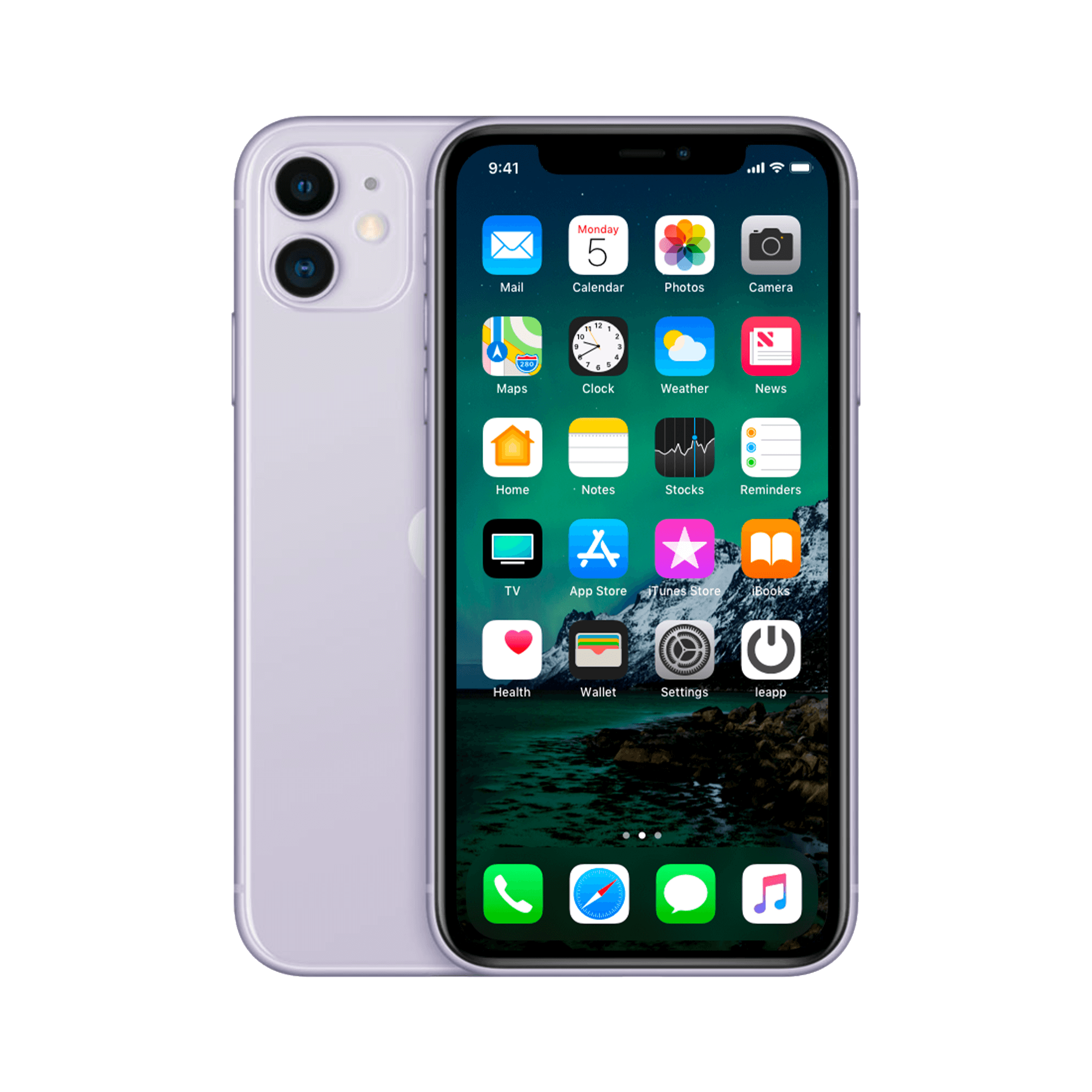Screen time and eye problems: the reality behind the problem
You know the feeling. Those burning eyes after an hour on Instagram. The prickling behind your eyelids during that latest Netflix episode on your iPhone. We scroll like crazy, but our eyes are paying the price. Ophthalmologists are sounding the alarm: retinal problems are on the rise, especially in children. The blue light from your screen is even said to be ruining your sleep.
But... your iPhone doesn't have to be the culprit. In fact, with a few simple adjustments, you can use your phone without straining your eyes. Whether you choose special accessories that enhance viewing comfort or switch to AirPods more often for audio-only content , there are more solutions than you think. The key? Knowing what's really happening to your eyes and how to use that pocket computer wisely.
Useful links
- iPhone screen protectors - protect your screen and your eyes
- Refurbished iPhones - choose sustainably for models with better screen technology
What happens to your eyes during intensive iPhone use?
The numbers don't lie: we look at our phone screens an average of 96 times a day. That's thousands of little moments when our eyes have to adjust, focus, and relax again. The problem isn't so much the technology itself, but how we interact with it.
Ophthalmologists are increasingly seeing patients with complaints that can be directly linked to excessive screen use. Dry eyes, blurred vision after work, headaches that only occur in the evening—these are symptoms you probably recognize. In children, the situation is even more concerning: their eyes are still developing and particularly vulnerable to the adverse effects of prolonged staring at a small screen.
The four main culprits
1. The infamous blue light
Your iPhone emits various colors of light, including a significant dose of blue light. This light has a short wavelength and penetrates deep into your eye, all the way to the retina. During the day, blue light is fine—it keeps you alert and awake. But at night, it disrupts your natural sleep-wake rhythm.
What many people don't know is that blue light can contribute to long-term macular degeneration, a condition in which the central part of your retina becomes damaged. This process is slow, but irreversible.
2. The tense look
When you look at your phone, you typically hold it about 20-30 centimeters away from your face. For comparison, a computer monitor is usually 60-70 centimeters away. This close distance means your eye muscles are constantly tensing to see clearly.
Over time, these muscles become overworked. The result? Accommodation problems, where your eyes struggle to focus at different distances. The transition from near to far, in particular, becomes more difficult.
3. The blinking problem
Normally, you blink about 15-20 times per minute. When looking at a screen, this drops to 5-7 times. This may seem insignificant, but blinking is essential for spreading tear fluid across your eyeball.
Blinking less often means dry eyes, irritation, and a burning sensation. Over time, this can lead to chronic dry eyes, an unpleasant condition that is difficult to treat.
4. Attitude matters
We tilt our heads forward an average of 60 degrees when looking at our phones. This posture not only causes neck pain but also affects blood flow to your eyes. Poor circulation can increase fatigue and blurry vision.
Practical solutions that really work
Night Shift: More Than a Gimmick
Apple's Night Shift feature filters blue light from your screen after a set time. The screen takes on a warmer, yellowish hue. It takes some getting used to, but your eyes will thank you.
Here's how to set up Night Shift:
- Go to Settings > Display & Brightness
- Tap Night Shift
- Schedule automatic turn on (for example, from sunset to sunrise)
- Adjust the color temperature to your preference
The 20-20-20 rule
Every 20 minutes, look at something at least 20 feet (6 meters) away for 20 seconds. Set a gentle timer to remind you. It sounds simple, but these short breaks give your eye muscles a chance to relax.
Optimize screen distance and brightness
Hold your iPhone at least 40 centimeters (16 inches) away from your face. If necessary, increase the text size in Settings > Display & Brightness > Text Size. A larger font at a distance is better than squinting up close.
Adjust the brightness to your environment. Too bright in a dark room puts extra strain on your eyes, while too dark in bright light makes your eyes work harder.
Invest in protection
A good screen protector with an anti-reflective coating reduces glare and makes viewing more comfortable. Some models even have a built-in blue light filter for extra protection.
Special attention for children
Ideally, children under 2 should have no screen time at all. Their visual system is still developing and needs natural light and varied visual stimuli.
For older children, the rule is: a maximum of 1 hour of screen time per day for 2-5 year olds, and a maximum of 2 hours for children up to 12 years old. Make sure they play outside for at least 2 hours a day – daylight is essential for healthy eye development.
When to see an ophthalmologist?
Visit a specialist if you suffer from:
- Persistent headache after screen use
- Blurred vision that does not improve with rest
- Double vision or spots in your field of vision
- Extreme sensitivity to light
- Pain in or around the eyes that lasts more than a week
Finding the balance
Your iPhone is an indispensable tool in everyday life. It's not about banishing it, but about being more mindful of screen time. By making small adjustments to your usage and choosing the right settings, you can prevent eye strain without sacrificing ease of use.
Consider alternatives: listen to podcasts more often instead of watching videos, use voice-over functionality where possible, and invest in devices with better screen technology if you have to watch a lot. Modern iPhones, for example, have True Tone technology that automatically adjusts the color temperature to your environment.
Your eyes are your window to the world – it pays to take care of them.
Healthy screen time is possible with the right approach
Eye strain from your iPhone isn't inevitable. With simple adjustments like Night Shift , regular breaks, and the correct screen distance, you can use your phone without straining your eyes. Stricter rules apply to children—their eyes are still developing and deserve extra protection.
If the symptoms persist despite all precautions, it's time to visit your ophthalmologist . Because yes, we live in a digital world, but that doesn't mean we have to sacrifice our eyes.


